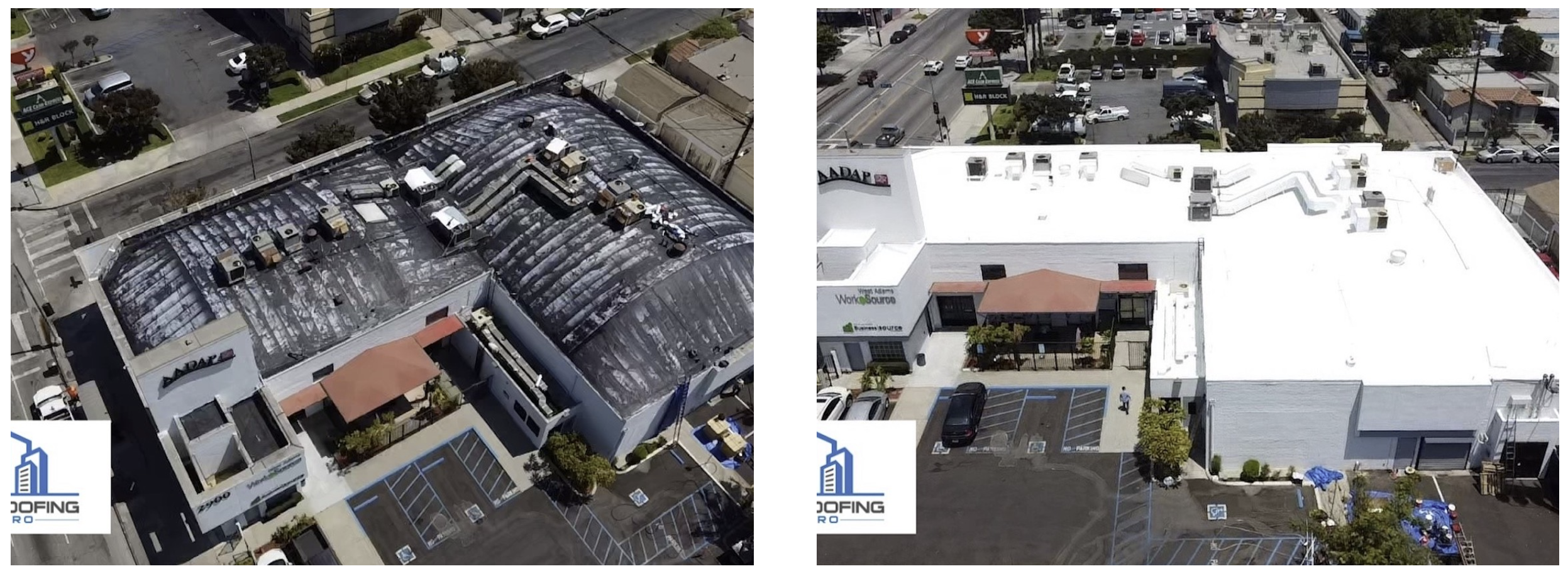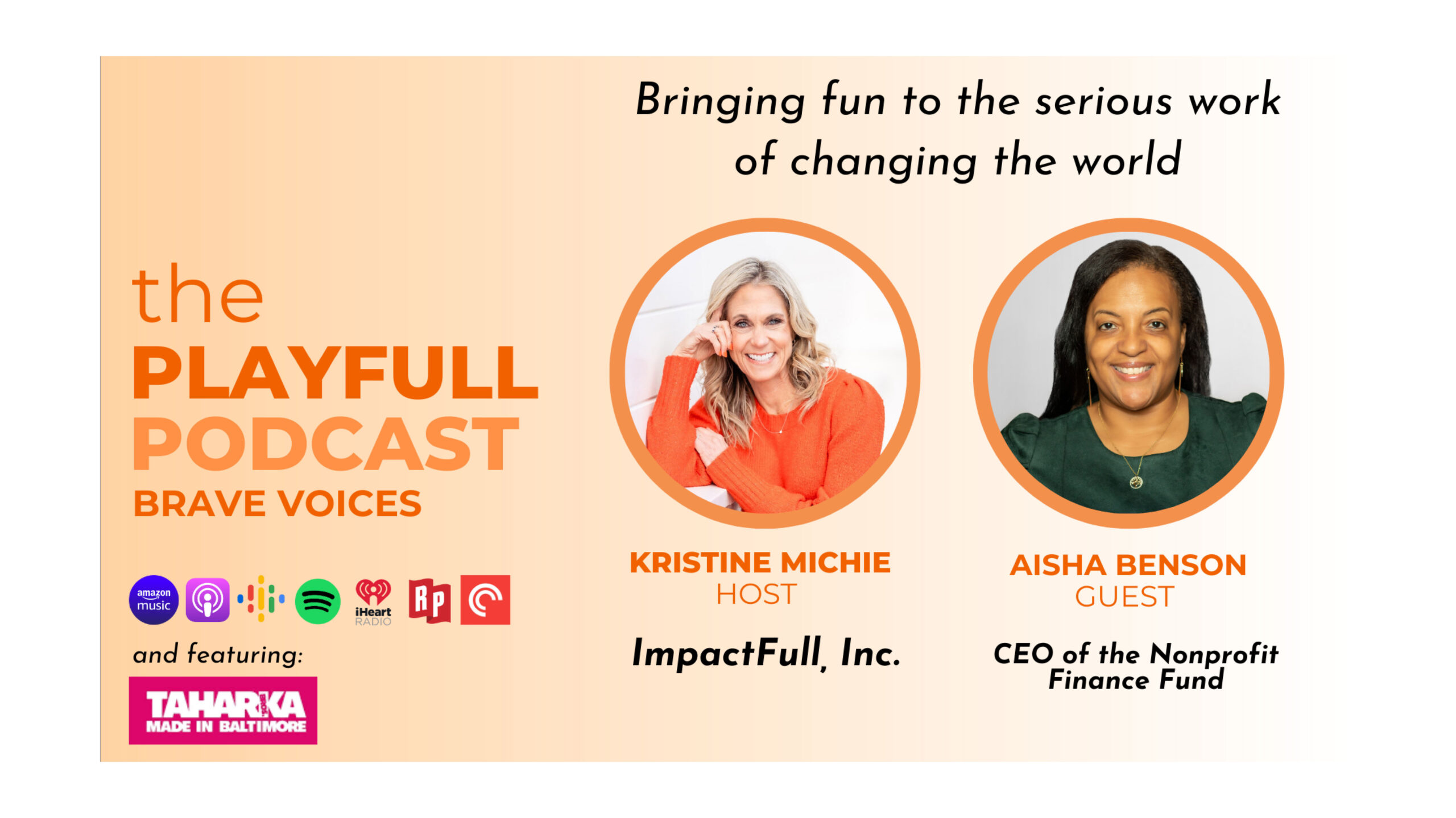“We’ve been addressing the needs of LA for many years now and we have some very seasoned directors that have been here 25-30 years, so I feel very fortunate to be part of this organization,” said Dean Nakanishi, CEO of Asian American Drug Abuse Program (AADAP). AADAP was created in 1972 to serve as a resource for Asian Pacific Islanders and other Los Angeles communities, offering substance abuse services that encompass a “whole person” approach through education, intervention, treatment, outreach, advocacy, and employment programs. AADAP also welcomes people to the organization by embodying the Hawaiian concept of “Ohana,” meaning “family.”
“When you’re dealing with substance abuse needs, it grows into other aspects of community need, as well,” Dean says. “To actually reach people, you have to be involved in the schools and other forms of street outreach. Our services have grown based on the needs of our communities.”
Adapting to shifting landscapes, both externally and internally
AADAP and NFF have worked together several times over the years through an initiative supported by the California Community Foundation. This initiative was designed to help a cohort of youth-serving substance use disorder service providers in LA adapt to the shifting healthcare landscape, including the implementation of Drug Medi-Cal. When AADAP and NFF connected in 2019-2020 for one-on-one financial management consulting, AADAP was preparing for its own milestone moment with Dean transitioning from his role as administrative director to serve as the new CEO, taking over for President Emeritus Mike Watanabe.
“I was very nervous about becoming the new successor of AADAP. When I heard about the opportunity to work with NFF, I saw it as a way to talk to the current CEO and learn about our current operations. NFF gave us an opening to have a conversation and look at AADAP from a macro level versus always looking at the nuts and bolts.”
AADAP had just sold a facility and while they had net assets available, Dean recalls, “I think we were shellshocked around the cash flow issues that led to our decision to sell one of our buildings. Understanding what we could spend on, how much we needed for reserves, and those types of questions were the biggest areas of concern.”
Understanding full costs and collectively setting priorities
NFF’s coaching started with an analysis of the organization’s finances to establish a shared understanding of past and present financial dynamics, and to look at strengths and gaps. This provided the foundation for developing a capitalization plan that leadership could use to identify and invest in AADAP’s short- and long-term resource needs.
Building on AADAP’s close-knit practice of meeting regularly to discuss organizational goals and how they align with the budget, NFF’s consultants encouraged the management team to think about setting financial priorities for the organization as a whole. The new roof that AADAP needed was a perfect example: “We were used to approving things through the quarterly budget, but everyone was compartmentalized. It was difficult to share the wealth, and there was no one contract or business unit that could pay for a new roof,” Dean says. “NFF encouraged us to look at expenses in a different way and make a list of our top priorities.”

In addition to setting priorities, another key financial decision was landing on the right dollar amount to put aside in reserves. “We had to figure out a calculation for how many months we could get by. It forced me and Mike to put a number down on paper that we felt comfortable with. Once we had a certain amount of savings put aside, it freed us up to think about capital and facilities-related expenses, and things we wanted to do for the organization,” says Dean.
Creating a new mindset based on investment, not scarcity
One of the most significant shifts AADAP underwent was changing their organizational culture around money. Having experienced cash flow constraints as well as the restrictive nature of government contracts, the board and management were used to approaching financial decisions with an abundance of caution. Part of NFF’s coaching focused on putting shape and structure around AADAP’s savings and reserves to allow for a re-envisioning of how investing in AADAP could benefit the communities they serve. The board and management were able to not only think about practical investments that needed to be made, such as the new roof and other ADA-related upgrades, but also to invest in staff, the lifeline of AADAP’s work.
“We had reduced the 401k plan for our staff a few years ago, but that was on the list of priorities to plan for,” Dean says. “The Finance Committee saw that we were able to do a 1 percent increase for staff, and we’re going to try to do another percent next year. We’ve been keeping up with our strategic plan and that’s been part of the benefit.”
Another outcome of AADAP’s cultural shift around investing in the organization were renewed conversations about how the Board Investment Fund could support organizational needs that aren’t typically covered by government contracts, such as technology upgrades. “There are a lot of big projects, like adding PayPal accounts in our social media. The Board Investment Fund allows us to engage the board in a new way toward our goals,” says Dean.
Staying resilient
In the time since NFF and AADAP worked together, Dean has continued using the capitalization plan and frameworks that were created to chart a path forward for AADAP.
“I’m using a full cost framework now with the board, so I explain our unfunded expenses and our capital budgets as we discuss how much we’re planning to spend this year,” shares Dean. “This has changed the language we’re speaking here, so that’s been terrific. Having that structure allows you to create a vision for the future.”
When the pandemic hit, AADAP pivoted to meet a completely different set of needs in the community, including virtual treatment and prevention services and outreach to educate people about vaccines and boosters. A long-trusted partner in the community, local government came to AADAP with funding to help coordinate and deliver a wide-spread response to COVID-19.
And AADAP has continued to look at investments that will benefit their community. “We’ve hired an architect to start thinking of some design work that we can do to redevelop some of our properties,” says Dean. “I can’t imagine it stopping because you can’t stop educating people. We still need people to get vaccinated and we still need people to keep up with boosters. We’re continuing our prevention work, as well.”
AADAP’s cultural and mindset shift put them on a course to embrace opportunity, even in the hardest of times, so that they could continue to offer the services and care that their community members – thought of as family – otherwise wouldn’t have access to.


